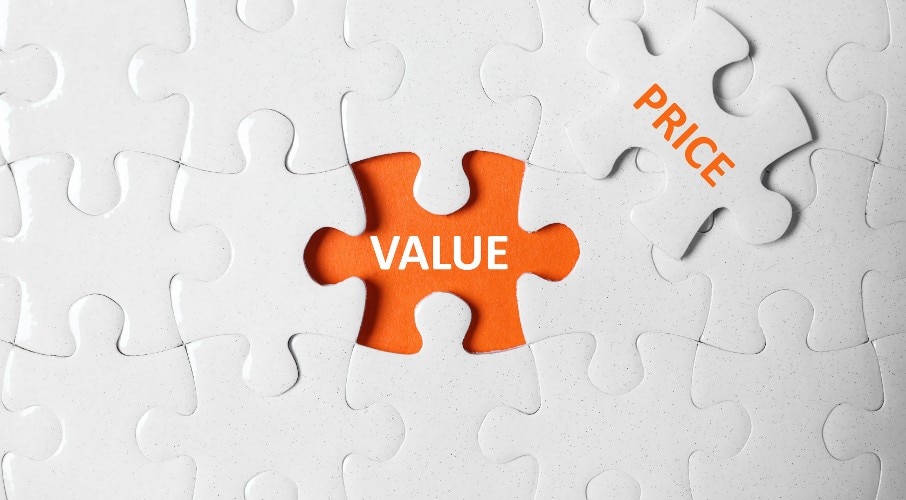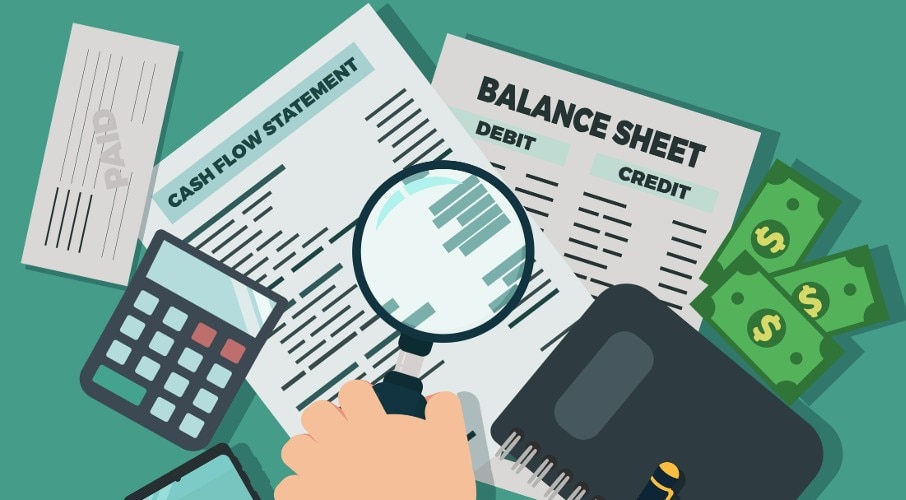What is working capital management?
The term “working capital management” refers to the management of current assets and current liabilities and the association between them. It refers to the challenges that a business has to encounter while managing such current assets and current liabilities and their inter-relationship. Therefore, a business needs to emphasise two perspectives while managing working capital. First is the amount of net current assets or working capital. Second is the method of financing working capital.
Therefore, funds are required in order to run day-to-day operations of the business. And a business needs to maintain an optimum level of working capital in order to achieve the objectives of profitability and liquidity. The goal of working capital management is therefore to manage a business’s current assets and current liabilities in such a way that a satisfactory level of working capital is maintained.
Thus, a business needs to maintain a sufficient amount of current assets so that it is able to meet its short term obligations. Similarly, every cent invested in the form of working capital should enhance the net worth of the business.
Likewise, the cost of capital should be considered while managing working capital. It should be noted that as the amount of risky capital increases, the cost of capital decreases. Hence, a business should make every effort to reduce the cost of capital while maintaining an optimum level of working capital. Finally, the time gap between maturity of debt or payments and the inflow of cash should be minimal. The bigger the gap, the higher is the risk involved.
















